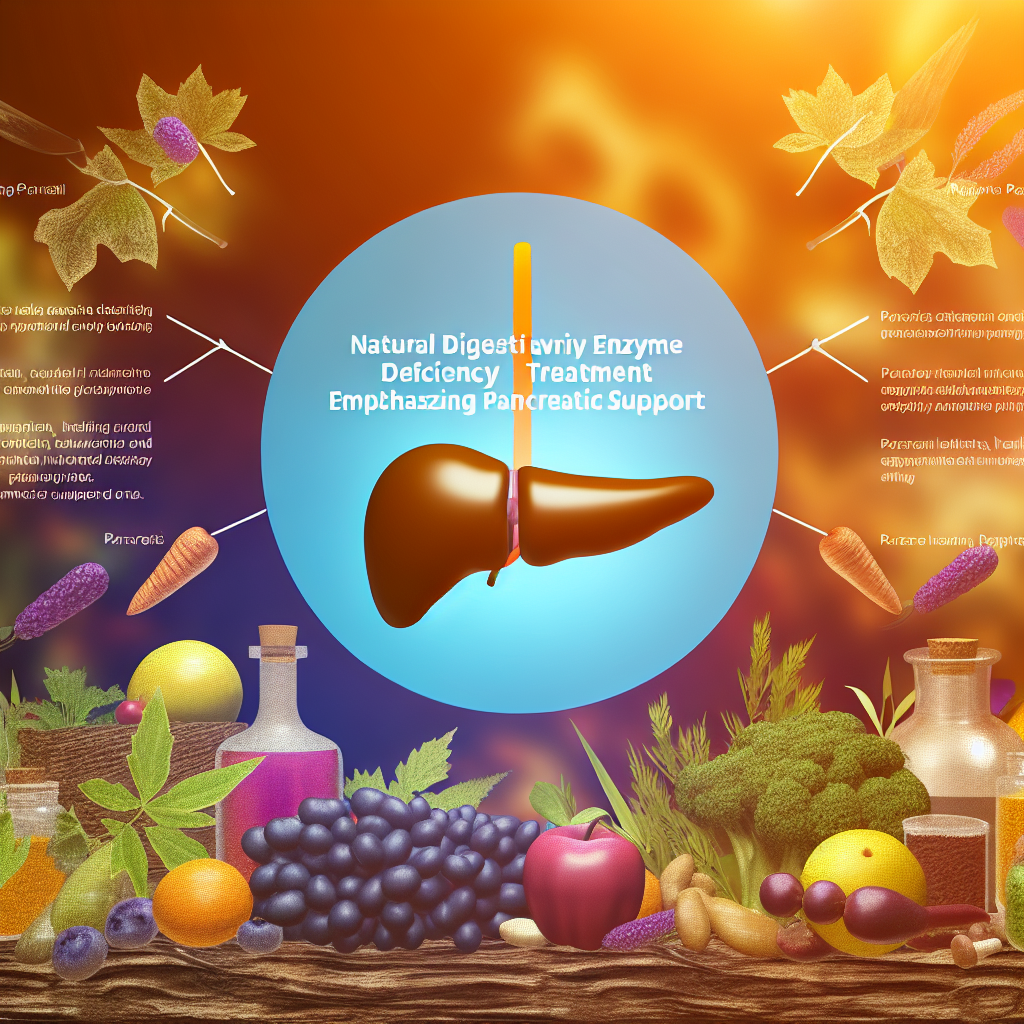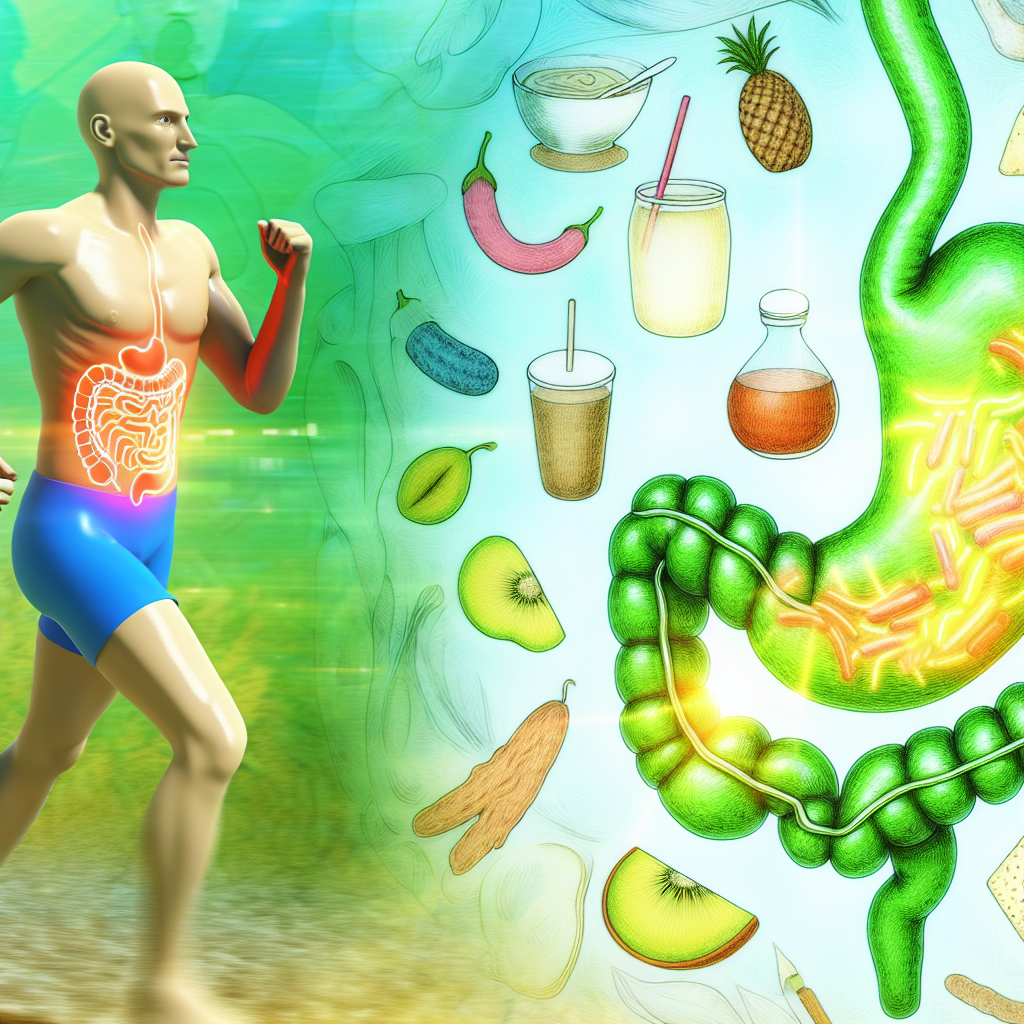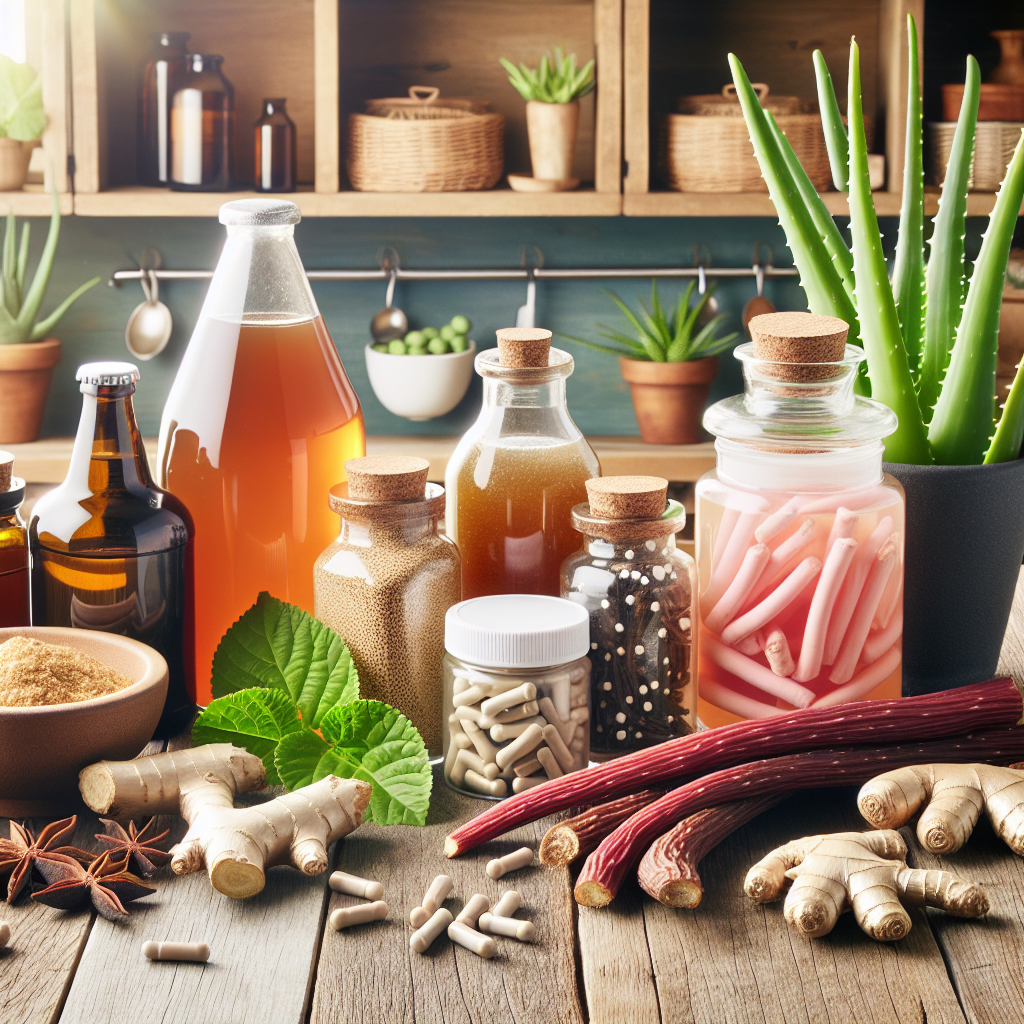The Role of Fermentation Time on Probiotic Potency in Homemade Foods
Harnessing the Gut Healing Power of Homemade Fermented Foods
In the evolving world of natural health, fermented foods have claimed their place at the forefront of gut wellness. Renowned for their probiotic benefits, these foods—such as sauerkraut, kimchi, kefir, yogurt, and kombucha—are packed with live bacteria believed to support digestion, nutrient absorption, and overall intestinal balance. But one overlooked variable can significantly affect their probiotic potency: fermentation time.
Fermentation is a metabolic process that transforms sugars and other carbohydrates into alcohol or organic acids using microorganisms—yeasts or bacteria—under anaerobic conditions. In the context of gut health, this process is crucial for the development of probiotics, which are live microorganisms providing health benefits when consumed in adequate amounts.
The time duration a food is allowed to ferment can alter its texture, taste, and, most importantly, its microbial composition. Fermentation time acts like a dial for microbial evolution—from early colonizers to more complex microbial communities. This means that a batch of sauerkraut fermented for three days may have a different probiotic profile than one fermented for 21 days.
Time + Temperature = Probiotic Richness: Scientific Insights on Fermentation
Scientific inquiry has deepened our understanding of how fermentation time influences probiotic content and bioavailability in homemade foods. A 2017 study published in Frontiers in Microbiology investigated the bacterial diversity in traditional Korean kimchi over varying fermentation periods. Researchers found that during the early phase (1–3 days), the dominance of Leuconostoc mesenteroides promoted initial acidification and flavor. However, by day 7–14, Lactobacillus plantarum took over, aligning with peak probiotic content and optimal health benefits. [Source]
Similarly, a study in the Journal of Dairy Science examined homemade yogurt and kefir fermentation times, finding that extending fermentation to 24 hours significantly improved levels of beneficial Lactobacillus and Bifidobacterium species. Shorter fermentation (4–8 hours) led to incomplete lactose conversion and lower probiotic viability, indicating a limited therapeutic effect for individuals with lactose intolerance or gut microbiome dysbiosis. [Source]
Kombucha, another popular fermented beverage, also exhibits dynamic microbial shifts throughout fermentation. According to research from the Journal of Food Science, SCOBY (symbiotic culture of bacteria and yeast) populations fluctuate significantly between 7 to 21 days of fermentation. Acetic acid bacteria and Saccharomyces yeasts dominate early stages, but beneficial Gluconacetobacter strains increase in longer fermented batches, which are linked to better gut colonization potential and antimicrobial effects. [Source]
Despite these benefits, it’s important to balance the microbial advantages with safety and sensory qualities. Over-fermented foods can become overly sour, alcoholic, or contaminated if not stored properly. According to the World Health Organization (WHO), homemade fermented foods should be continually monitored for pH levels (ideally below 4.6) to ensure safety and preservation of beneficial bacteria. [Source]
DIY fermenters are thus encouraged to experiment within recommended time frames—generally between 5 to 21 days for most vegetables, and 12 to 24 hours for dairy items—while tasting periodically and noting visual and olfactory cues to determine optimal potency.
Crafting the Perfect Ferment for Maximum Gut Benefits
Understanding the role of fermentation time in probiotic development is essential for anyone looking to enhance their gut health through homemade foods. As scientific evidence highlights, the window for optimal microbial diversity and potency varies depending on the type of food and its fermentation environment.
While longer fermentation often results in a richer probiotic profile, there’s a fine line between beneficial and over-fermented. By applying evidence-based practices and monitoring changes in texture, pH, and flavor over time, individuals can craft nutrient-rich, probiotic-packed ferments that nourish the gut and support whole-body wellness—naturally and deliciously.
References:
- Frontiers in Microbiology – Kimchi Fermentation
- Journal of Dairy Science – Yogurt and Fermentation Time
- Journal of Food Science – Kombucha Microbiome
- World Health Organization – Probiotics in Food
Concise Summary:
This article explores the critical role of fermentation time in determining the probiotic potency of homemade fermented foods like sauerkraut, kimchi, kefir, yogurt, and kombucha. It delves into the scientific insights that highlight how the duration of fermentation influences the microbial composition and diversity, leading to varying levels of beneficial bacteria. The article provides practical guidelines for DIY fermenters to experiment within recommended time frames to craft the perfect probiotic-rich ferments that support gut health and overall wellness.

Dominic E. is a passionate filmmaker navigating the exciting intersection of art and science. By day, he delves into the complexities of the human body as a full-time medical writer, meticulously translating intricate medical concepts into accessible and engaging narratives. By night, he explores the boundless realm of cinematic storytelling, crafting narratives that evoke emotion and challenge perspectives.
Film Student and Full-time Medical Writer for ContentVendor.com




